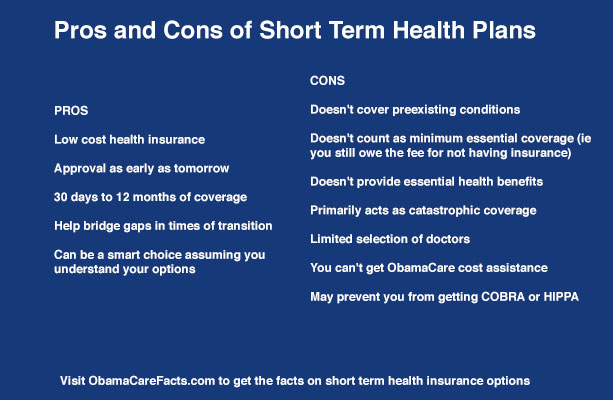The 10-Second Trick For Medicare Advantage Agent
The 10-Second Trick For Medicare Advantage Agent
Blog Article
What Does Medicare Advantage Agent Mean?
Table of ContentsThe Best Guide To Medicare Advantage AgentSome Known Questions About Medicare Advantage Agent.A Biased View of Medicare Advantage Agent


follows from complies with the puzzling young reasonably profile of account uninsured with without insurance better healthMuch better health and wellness average, of younger persons. For those without access to office wellness insurance, poor health is a potential obstacle to buying nongroup protection because such coverage might be extremely priced, exclude pre-existing conditions, or be simply unavailable. Unless or else kept in mind, national quotes of people without health insurance policy and percentages of the populace with various kinds of insurance coverage are based on the CPS, the most extensively made use of resource of estimates of insurance policy coverage and uninsurance rates.

See This Report on Medicare Advantage Agent
Over a three-year period starting early in 1993, 72 million people, 29 percent of the united state population, lacked protection for at the very least one month. Within a single year(1994), 53 million individuals experienced at the very least a month without insurance coverage(Bennefield, 1998a). Six out of every 10 uninsured grownups are themselves employed. Functioning does improve the probability that one and one's household members will certainly have insurance policy, it is not a guarantee. Also participants of families with two permanent breadwinner have nearly a one-in-ten opportunity of being uninsured (9.1 percent uninsured price)(Hoffman and Pohl, 2000 ). The partnership between medical insurance and access to care is well established, as documented later on in this phase. Although the partnership in between medical insurance and health and wellness end results is neither straight nor easy, a considerable medical and health and wellness solutions study literature links health insurance protection
to enhanced accessibility to care, far better top quality, and improved personal and population health status. For instance, the 2nd report, on personal health and wellness results for uninsured grownups, is stood for by the innermost circle of the number, while the 3rd report, on family well-being, encompasses the topics of the 2nd report but stresses a various unit of analysis, particularly, the household. The 6th report in the series will certainly present details regarding techniques and campaigns embarked on locally, statewide, or across the country to attend to the lack of insurance policy and its unfavorable influences. Levels of evaluation for taking a look at the effects of uninsurance. This discussion of medical insurance protection concentrates mainly on the united state population under age 65 since essentially all Americans 65 and older have Medicare or other public insurance coverage.
It focuses particularly on those without any type of wellness insurance for any length of time. The problems faced by the underinsured are in some respects comparable to those encountered by the without insurance, although they are usually much less extreme. Uninsurance and underinsurance, nonetheless, include definitely different policy issues, and the approaches for resolving them might differ. Throughout this research study and the five records to adhere to, the major focus is on persons with no medical insurance and hence no aid in paying for health and wellness care beyond what is readily available with charity and safeguard institutions. Health insurance policy is an effective element affecting invoice of care because both people and medical professionals react to the out-of-pocket price of solutions. Medical insurance, nonetheless, is neither required neither adequate to access to medical solutions. Nevertheless, the independent and direct result of wellness
insurance protection on access to wellness services is well developed. Others will certainly obtain the healthcare they need also without medical insurance, by paying for it expense or seeking it from service providers that provide treatment complimentary or at extremely subsidized prices. For still others, health and wellness insurance alone does not ensure receipt of care as a result of other nonfinancial obstacles, such as a lack of healthcare suppliers in their community, restricted accessibility to transport, illiteracy, or linguistic and cultural differences. Official study about uninsured populaces in the USA dates to the late 1920s and very early 1930s when the Committee on the Expense of Medical Treatment generated a collection of reports about financing medical professional workplace visits and hospitalizations. This problem came to be significant as the numbers of clinically indigent climbed throughout the Great Clinical depression. Empirical researches consistently support the link between access to care and enhanced health and wellness end results(Bindman et al., 1995; Starfield, 1995 ). Having a normal resource of treatment can be considered a predictor of access, rather than a direct measure of it, when health results are themselves made use of as accessibility signs. This websites expansion of the concept of accessibility measurement was made by the IOM Committee on Keeping An Eye On Gain Access To to Personal Wellness Treatment Solutions(Millman, 1993, p. Whether or not parents are insured appears to influence whether their kids get care as well as just how much careeven if the children themselves have coverage(Hanson, 1998). The health of parents can influence their capacity to look after their kids and the level of family stress. Stressing concerning their kids's access to care is itself a resource of stress and anxiety for go to these guys moms and dads. Three phases adhere to in this report. Chapter 2 gives a review of exactly how employment-based health insurance, public programs and specific insurance coverage run and communicate to provide extensive yet incomplete insurance coverage of the united state populace. This consists of a review of historical trends and public plans impacting both public and private insurance policy, a discussion of the communications among the various sorts of insurance policy, and an assessment of why people relocate from one program to another or finish up

Report this page